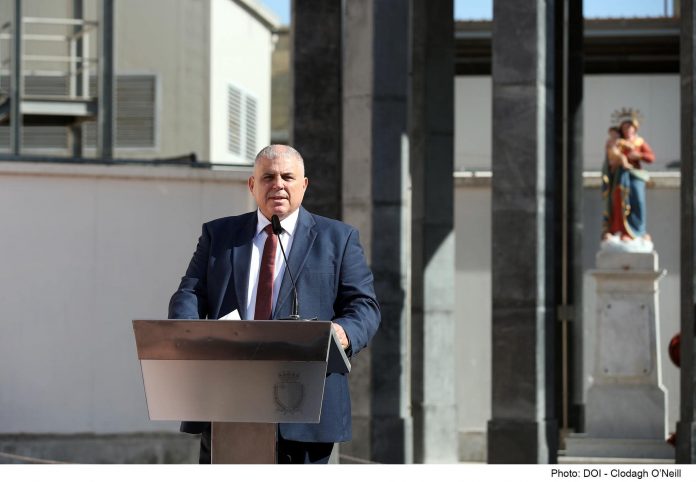An investment of more than one million euros has been inaugurated in the Public Slaughterhouse, which has led to the reduction of the environmental impact of the operation of the same plant through the use of cleaner energy while safeguarding the unique industrial heritage of the Maltese islands. . Total investment has been made in the restoration of the historic water tower, the entrance to the Slaughterhouse, which dates back to the late nineteenth century, and the installation of a photovoltaic panel system.
A large part of this investment was made in a historic water tower, one of the first concrete structures in the Maltese islands. This has been instrumental in the operation of the Slaughterhouse for about fifty years. The tower, which had deteriorated greatly over time, has been restored and will now be used again for the storage of purified water for use in the Slaughterhouse’s water heating system.
The restoration of the tower was carried out with an investment of around € 250,000 from national funds, € 70,000 from the Planning Authority and around € 500,000 as part of a research project of the University of Malta, co-financed by the European Union. as part of Horizon 2020.
Minister for Agriculture, Fisheries, Food and Animal Rights Anton Refalo reiterated that “this is a heritage that we are safeguarding while continuing to preserve it for the future by reducing the environmental impact of its operation. . ” The Minister reminded that the Public Slaughterhouse has been operating from the same place since the end of the nineteenth century, which makes it unique because it is the oldest industrial structure that has been used for the same purpose for more than 120 years. “We are proud to be not only supporting this cultural heritage, but we will continue to emphasize its importance over the coming year as we will be organizing a number of activities at the Slaughterhouse on the occasion of Marsa as the Culture Locality 2022. ”
Minister Refalo also inaugurated the 250kWp photovoltaic panel system which will help the Public Slaughterhouse to reduce by about a third the consumption of electricity consumed.












